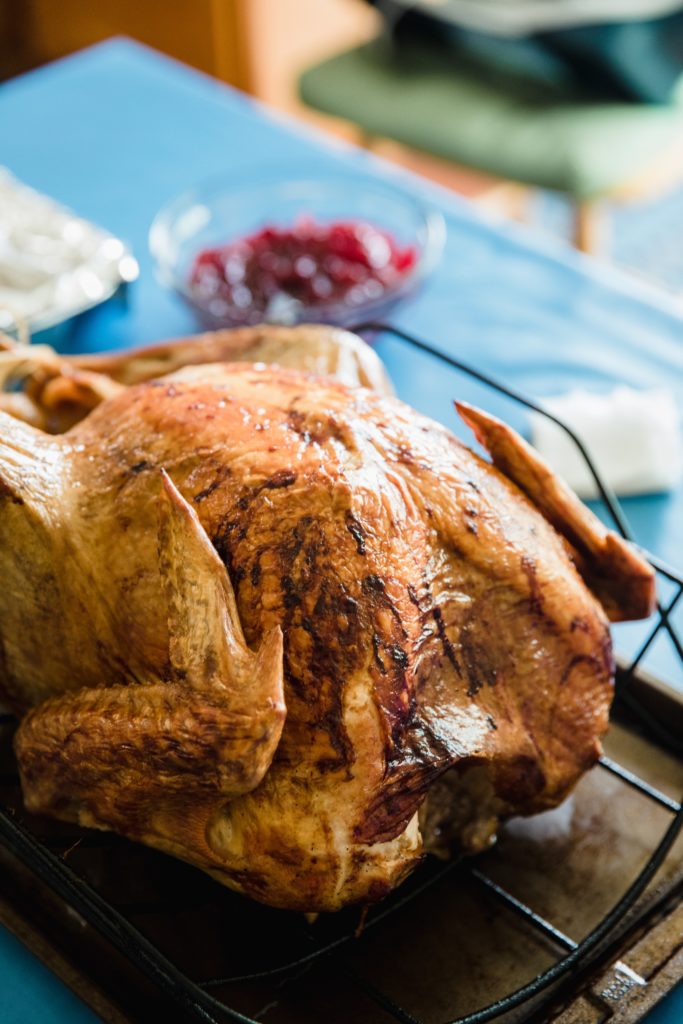Thanksgiving is the peak day for home cooking fires, according to the National Fire Protection Association (NFPA). In 2017 alone, U.S. fire departments responded to an estimated 1,600 home cooking fires. What’s one of the worst culprits? Turkey fryers. If you are planning on frying a turkey this year, here are some safety precautions you should take.
Whether indoors or outdoors, it is essential that you prepare your fryer safely. Even if it is cold outside on Thanksgiving morning, it is never a good idea to set up your deep fryer inside your garage or under an overhang. Should an accident occur and your turkey and deep fryer catch fire, you do not want your home or surrounding structures to be in danger. It goes without saying you should also place the deep fryer on a level surface.
This NFPA video describes what can happen if you don’t take the proper precautions:
The maximum fill-line on your deep fryer is not decorative; it is important that you do not add oil above the maximum fill line. Failure to follow this step could cause your turkey and fryer to become a Thanksgiving bonfire. For outdoor deep-fryers, many experts recommend testing your turkey in the deep fryer before adding the oil. This way, you can determine how much oil you will need. A proper way to do this would be to place your thawed turkey in the fryer basket and put it into the fryer. Fill the fryer with water, not oil, until the top of the turkey is barely covered. Then take out your turkey. The water line at that point will be a good guide for how much oil you should be using. At no time should your oil be over the fill line, especially when the turkey is in the fryer.
Always thaw your turkey before placing the turkey into the deep fryer. Don’t try to rush the defrosting process by putting a frozen turkey into the deep fryer. Hungry guests are better than a house fire. Once you safely put oil in your deep fryer, heat the oil to a temperature of 325 degrees (Butterball recommendation). Make sure to slowly, SLOWLY, lower the turkey into the hot oil. Your turkey should cook about 3 to 4 minutes per pound.

When cooking your turkey in a deep fryer, never leave the deep fryer unattended. Telling your 4-year-old niece to watch the fryer does not count. In fact, children and pets should be away from the deep fryer anytime it is in use.
Be careful when trying to move the fryer or touching anything near the fryer as it will be hotter than you think. Make sure to wear proper attire and eyewear to protect yourself around the fryer.
Accidents happen, so make sure to have a fire extinguisher close to the deep fryer in case the oil ignites.
To prevent foodborne illness, it is important to cook your turkey thoroughly. Butterball recommends cooking that dark meat to an internal temperature of 175 to 180 degrees Fahrenheit and the white meat to an internal temperature of 165 to 170 degrees Fahrenheit. Failing to cook your turkey to a proper internal temperature can put your guests at risk of salmonella infection.
It is also important to avoid touching other foods if you’ve touched raw turkey and have not yet washed your hands.
From our family to yours, we hope you have an enjoyable and safe Thanksgiving!




